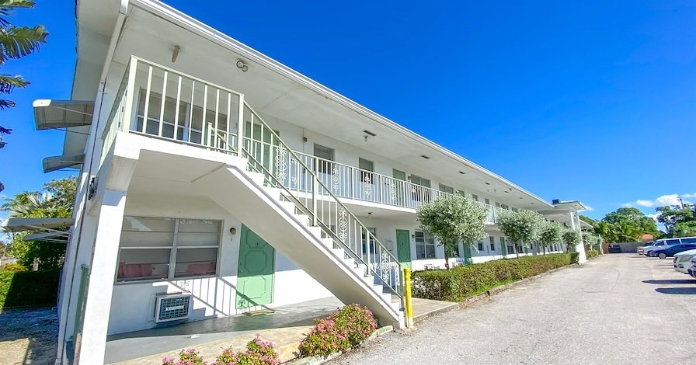There is no question that winter is here, which makes hot showers even more glorious. I must really watch my timer to ensure that my shower time is reasonable and not indulgent. Maybe my age is showing, but there is nothing like hot water for an achy body. This brings me to my second most loved appliance in our homes, the hot water heater. It is wonderful, but it can be both dangerous and expensive.
If you have a central hot water system, there can be some energy waste this time of year if you are not diligent. My first tip is to check your set temperature for the system. While it should be set to a minimum of 120 degrees to avoid bacteria growth, do not assume that a hotter set point is better. For most situations, leaving the default set temperature at 140 degrees should be sufficient.
I know what many of you are thinking: you need to set the temperature higher to ensure that the units at the end of the hot water line get hot water, but tread cautiously here. Don’t assume that a complaint of a lack of hot water is the result of the set temperature being too low; your resident complaint might be related to crossover caused by cold water in the hot water line.
If the showers in your units’ bathrooms have one handle that turns from cold to hot (as opposed to a hot water knob and a cold-water knob), then it is a good idea to enter the unit to see if the shower cartridge has failed. This is the likely culprit if there have been no water temperature complaints and suddenly there is one. You should also check at the bathroom sink to see if there is hot water there. If not, the crossover issue can be in the shower cartridge for the unit prior to the one registering the complaint. The point is, if you have crossover and just turn up the set temperature on the hot water system, you will have the risk of scalding water at your sinks and a tepid shower.
If your units each have their own hot water tanks, you can still have crossover, but now you have two additional hazards to look out for.
First make sure your hot water heaters are either outside the units or (if inside) have proper ventilation to prevent carbon monoxide from entering the unit. Second, make sure your residents understand that these water heater closets are not storage closets. I cannot begin to count the rolls of wrapping paper and bags of kitty litter (both very flammable) that I have seen stored crammed in by the in-unit hot water heaters. I recommend providing brochures or flyers to your residents, reminding them of the dangers of storing flammable material by the hot water heater.
Yes, the hot water from our showers is glorious. I am a fan. Let’s just not heat water hotter than necessary and burn our skin or our buildings down this chilly winter.













